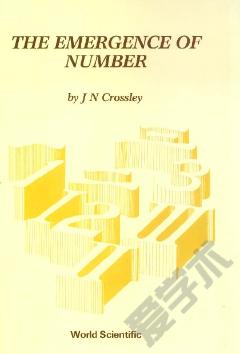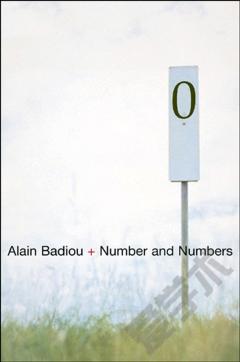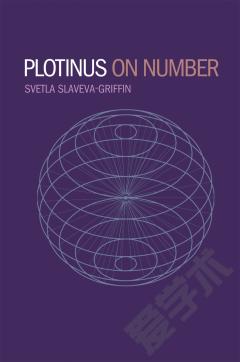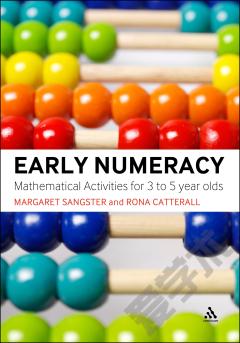Emergence Of Number, The
This book presents detailed studies of the development of three kinds of number. In the first part the development of the natural numbers from Stone-Age times right up to the present day is examined not only from the point of view of pure history but also taking into account archaeological, anthropological and linguistic evidence. The dramatic change caused by the introduction of logical theories of number in the 19th century is also treated and this part ends with a non-technical account of the very latest developments in the area of Gödel's theorem. The second part is concerned with the development of complex numbers and tries to answer the question as to why complex numbers were not introduced before the 16th century and then, by looking at the original materials, shows how they were introduced as a pragmatic device which was only subsequently shown to be theoretically justifiable. The third part concerns the real numbers and examines the distinction that the Greeks made between number and magnitude. It then traces the gradual development of a theory of real numbers up to the precise formulations in the nineteeth century. The importance of the Greek distinction between the number line and the geometric line is brought into sharp focus.This is an new edition of the book which first appeared privately published in 1980 and is now out of print. Substantial revisions have been made throughout the text, incorporating new material which has recently come to light and correcting a few relatively minor errors. The third part on real numbers has been very extensively revised and indeed the last chapter has been almost completely rewritten. Many revisions are the results of comments from earlier readers of the book.
{{comment.content}}








 京公网安备 11010802027623号
京公网安备 11010802027623号